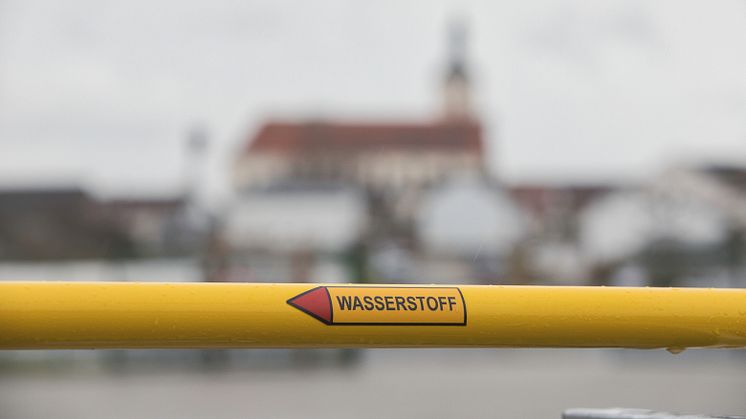
News -
Lake Constance-Upper Swabia Region on the Path to a Hydrogen Future
In collaboration with regional partners, STADTWERK AM SEE from Friedrichshafen on Lake Constance is making strides toward a hydrogen future. At a recent event, participants received the latest updates on the status of the hydrogen transformation and a potential connection of the Lake Constance-Upper Swabia region to the core hydrogen network.
Together with the Lake Constance-Upper Swabia Chamber of Industry and Commerce (IHK), Technische Werke Schussental (TWS), and other partners, the utility informed attendees about the possibilities and progress in the hydrogen transformation. “Hydrogen is an essential building block for the climate-oriented transformation of the economy,” said IHK Chief Executive Dr. Sönke Voss in his welcome address.
In the state-funded project “H2 Schussen,” the partners are examining how hydrogen supply could extend from the core network into the distribution networks of the Lake Constance-Upper Swabia region. From 2032, the hydrogen infrastructure is expected to reach Upper Swabia and the Lake Constance area, contributing to sustainable energy supply in the region. A major challenge lies in maintaining natural gas supply while simultaneously building the hydrogen infrastructure using the existing network. Additionally, due to high hydrogen demand and limited local production capabilities, Germany will need to rely on hydrogen imports.
The transformation toward hydrogen supply is a shared task, making networking essential. The transformation’s starting points are urban centers and the industries located there, which not only have high energy demands but also require secure natural gas and hydrogen supply. “In principle, switching existing natural gas networks to hydrogen in urban areas is technically feasible because our distribution networks are well-developed there,” noted Alexander Honz from STADTWERK AM SEE. “However, outside urban centers, decentralized solutions like biomethane, biomass, and heat pumps will also need to be considered in the medium term.” The hydrogen supply in the network will only gradually increase—and currently, not every municipality and district is connected to the gas network.
All participants emphasized the importance of networking among regional stakeholders—from energy providers to industry to associations. This fosters information sharing, exchange, clarity, and transparency. The currently somewhat pessimistic outlook needs to improve, and the project contributes toward that goal.
